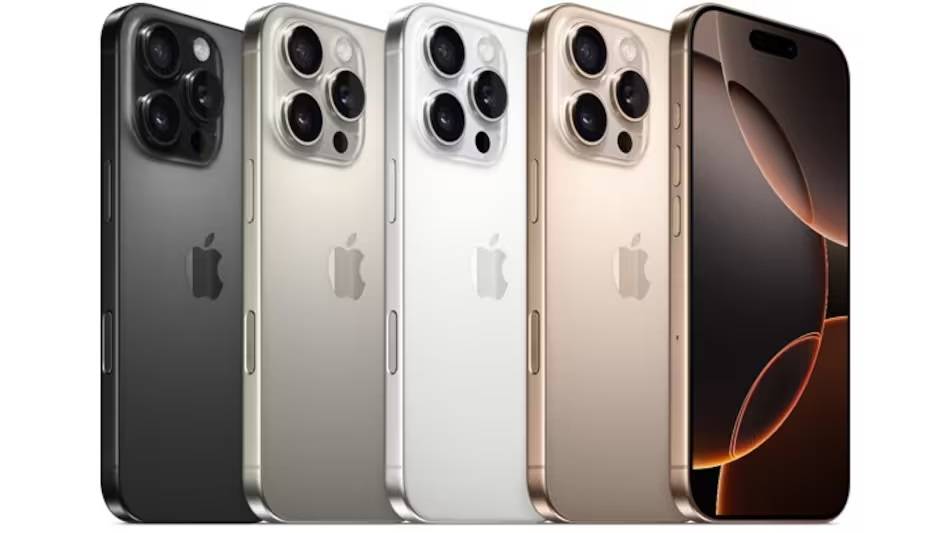The Pixel 9 is a perfect example of how consistent, incremental improvements can culminate in a device that feels polished and complete. Year after year, Google has added minor updates—a slightly faster fingerprint sensor here, some uniform bezels there—that don’t necessarily make headlines but eventually create a device that feels just right. Holding the Pixel 9, I can sense this progression, and I must say, it’s impressive.
Compared to its Pro counterparts, the Pixel 9 comes with 12GB of RAM instead of 16GB and lacks a telephoto lens. In terms of size, it’s smaller than the sizeable Pixel 9 Pro XL and is on par with the regular Pixel 9 Pro. Unlike the foldable Pro variant, the Pixel 9 sticks to a straightforward design.
The best part? The Pixel 9 just works. The display is bright and vivid, and the battery easily lasts a full day. The fingerprint sensor is finally quick and reliable. Although it’s priced at Rs 79,999, it still aligns with the standard pricing for flagship phones that aren’t ‘Pro’ models. This year, the Pixel line genuinely feels like it has earned its spot alongside heavyweights like Samsung and Apple. It took Google a few years, but they’re finally there.
Design, Build and Camera: Familiar, Yet Improved
Yes, from the front, the Pixel 9 resembles an iPhone, with its rounded screen corners and flat sides. However, compared to recent Pixel models, this design feels more secure in hand, with significantly less chance of it slipping. The 6.3-inch screen is a touch larger than the Pixel 8’s, and while its 1080p resolution isn’t groundbreaking, it’s sharp enough to provide a satisfying viewing experience.
In terms of camera capabilities, the Pixel 9 shares its main and ultrawide cameras with the Pro models, but it lacks a telephoto lens. Many flagship phones also skip the telephoto, so this isn’t a deal-breaker. Google’s lossless 2x crop zoom is adequate for most scenarios, although it doesn’t offer the dramatic 5x zoom of the Pixel 9 Pro or the 3x zoom for portrait shots found on devices like the Samsung Galaxy S24. This omission is perhaps the only significant feature I missed when switching from the Pro model to the regular Pixel 9.
Performance and Battery Life: Solid All-Rounder
Battery life and screen brightness are on par with the rest of the Pixel 9 series. Even under moderate to heavy use, the device easily lasts all day, and the screen remains usable even in bright sunlight. The Pixel 9 is powered by Google’s latest Tensor G4 chipset, found in all four Pixel 9 models. It handles daily tasks with ease and doesn’t heat up as much as its predecessor, although prolonged use of media-heavy applications can still warm it up a bit – just not to an alarming degree.
Over time, these incremental updates have transformed the Pixel 9 into a truly polished device. Earlier models suffered from various issues – overheating chipsets, awkward shapes, and less-than-stellar screens. The non-Pro Pixel has evolved from an upper mid-range option to a legitimate flagship, thanks to enhancements like higher screen refresh rates and improved camera features. Quality-of-life updates have also made a difference, including the ability to use face unlock for payments and a much-improved fingerprint scanner, making it a reliable choice for anyone, tech-savvy or not.
Software and AI Features: A Mixed Bag
Google has refined the hardware, and the software remains as clean and intuitive as ever. However, in 2024, any smartphone discussion inevitably involves AI. The Pixel 9 skips some of the AI-powered features reserved for the Pro models, like Video Boost for enhancing low-light video. But it still packs plenty of AI tools, such as Reimagine, Screenshots, and Pixel Studio. While these features show promise, they currently feel a bit disjointed. Managing AI-generated options, like adding a birthday party invite to screenshots or asking Google Assistant to schedule it, sometimes feels more cumbersome than helpful. Google’s AI capabilities are evolving, but they aren’t yet the seamless experience they aspire to be.
One of the most notable aspects of the Pixel 9 is its promise of seven years of OS updates. While it ships with Android 14 – unusual, as Pixels usually debut the newest OS – it will be among the first to receive Android 15 later this year. This longevity ensures the Pixel 9 will remain relevant and secure well beyond its typical lifespan, making it a wise investment for those looking to avoid frequent upgrades.
The Bottom Line: A Compelling Android Choice
The Pixel 9 delivers exactly what many in the Android ecosystem have been waiting for: a straightforward, well-built phone designed to last. It doesn’t have every advanced feature or the best camera hardware, but it has enough to stand out as a compelling alternative to Samsung’s base S-series, which many default to when choosing an Android device.
Samsung phones are undeniably excellent, but they can feel bloated, loaded with features that the average user may never touch. Pixels, on the other hand, offer a simpler, more user-friendly experience right out of the box. Previously, their hardware didn’t quite match up to their software finesse. But with the Pixel 9, Google has struck the right balance, creating a phone that suits those who want a reliable, fuss-free device without the need for constant tweaks and updates.
For anyone who wants a solid, capable phone without getting bogged down by complex settings or unnecessary features, the Pixel 9 is a fantastic choice. It’s the kind of phone you can recommend to anyone, confident it will serve them well for years to come.






